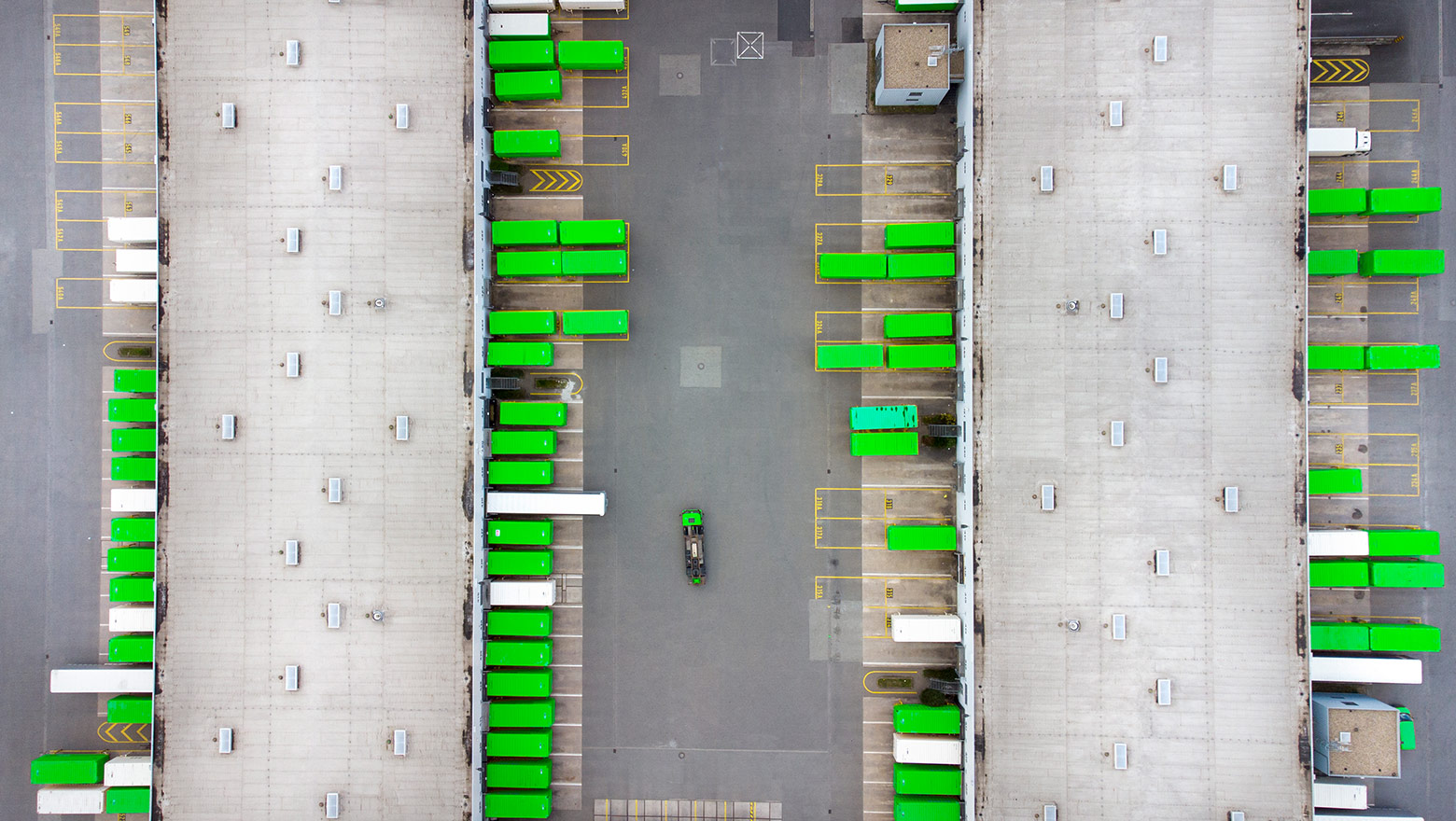
Governments, investors, communities and companies are all realising the importance of enhanced transparency and accountability in supply chains.
Stay informed with regulations, insights & events by joining our mailer
Supply chain management KPIs have traditionally focused on speed and low-cost labour and materials – but at what price?
The ESG revolution has highlighted the risks of business models that have extensive impacts on people and planet, and it’s time to widen that lens across the supply chain.
Where are we in 2022?
The severe disruptions produced by COVID-19 highlighted the vulnerabilities of the long and lean supply chains that are common in today’s globalised economy. Delays in global travel, goods shipment and material exchange led to business disruption and even bankruptcies. In the context of an increasingly uncertain and volatile operating landscape, with geopolitical uncertainties and energy crises on the horizon, resilience and adaptability are the new axioms of the day.
Achieving resilience and adaptability in supply chains can and should be viewed through the lens of sustainability. Environmental challenges like climate change and biodiversity collapse pose a growing risk to the interconnected global system of business. Such challenges bring with them disruptions to production and logistics and the availability of vital natural resources, not to mention the potential reputational consequences.
..as much as 90% of an organisation’s environmental impact can stem from its supply chain.
Source: weforum.org
Social issues also erode resilience in supply chains. Concerns over human rights violations and working conditions continue to grow among ethically minded consumers, and shutdowns linked to compliance violations or protests by aggrieved workers and communities can lead to costly delays. Conversely, there is extensive business value to be gained from strong stakeholder engagement along the supply chain, including new innovation approaches.
Regulatory and policy headwinds
A flurry of new and targeted regulation signals growing government focus on supply chains. Earlier this year, the European Commission introduced a new directive on corporate sustainability due diligence, requiring improved oversight of social and environmental impacts in supply chains. To combat deforestation, the EU also introduced new rules to regulate commonly linked commodities such as palm oil, beef and cocoa.
In the UK, the government released updated guidance to promote greater accountability of modern slavery in supply chains in 2021. Mandatory reporting aligned to the recommendations of the Taskforce on Climate Related Financial Disclosures (TCFD) also entered into force – a robust TCFD disclosure requires consideration for climate impacts on supply chain resilience.
Non-governmental and industry-led initiatives focused on sustainability in supply chains have been gathering pace over the past decade. Among the financial community, coalitions like the Glasgow Financial Alliance for Net Zero (GFANZ) are increasingly asking investees about their scope 3 emissions. Industry collaborations such as the Bangladesh Accord require signatories to audit their supply chains to promote safe and more equitable working conditions.
Embracing sustainable supply chain
Governments, investors, communities and companies are all realising the importance of enhanced transparency and accountability in supply chains. But sustainable supply chain management isn’t just about risk mitigation – a growing body of research suggests companies that prioritise sustainable supply chain practices enjoy considerable upsides in the form of greater revenues, reduced costs and, critically, improved resilience and long-term growth.
Steps you can take now
There are several steps you can take to better understand the potential sustainability risks and opportunities embedded across your supply chains.
We outline five key steps you can take now.
1 . Step up your supplier engagement programme
Put in place more robust mechanisms to communicate with your suppliers.
2. Review your procurement policy
Ensure sustainability criteria are built into your procurement processes.
3. Conduct a life-cycle assessment (LCA)
Gain a better understanding for the impacts of your products or services from cradle to grave.
4. Map your supply chains
Develop a fuller picture of where your suppliers operate and your potential exposure to environmental and social sustainability risks.
5. Assess opportunities to adopt technology
Explore the ways in which the benefits of blockchain and AI can improve your visibility of supply chains.
Get in touch
To learn more about building resilience in supply chains through sustainable business practices, get in touch!

